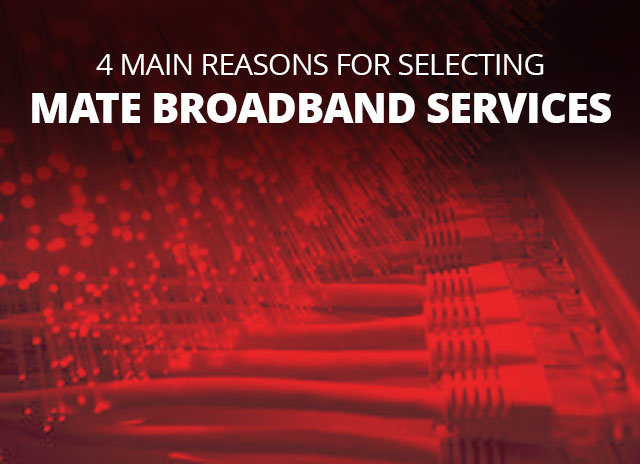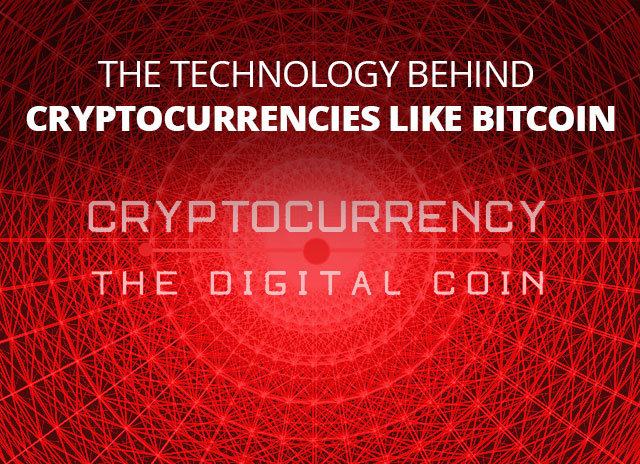4 Main Reasons for Selecting Mate Broadband Services
Mate Communicate is an Australian telecommunication company that is committed to offering the best service to the consumers. The company has the motto of becoming the ‘best mate’ through exceptional quality service at an affordable price.
The branding of the company paints it as a truly 21-century broadband service provider. The company was formerly a part of Barefoot Telecom but was later spun off. Today the company provides different packages across different speed tiers.
Here are four prime reasons you won’t regret selecting Mate Broadband services.
1. No Lock-in Contract
The best thing about Mate broadband services is that there is no lock-in contract. As a result, you can change the plans whenever you like. This flexibility gives greater freedom to the customers to choose a broadband provider. However, since most of the customers are satisfied with the services they remain committed to the company.
2. High-Speed Internet
Another good reason for selecting Mate broadband services is that they provide high-speed internet connection. The speed of the basic plan is up to 12 Mbps while the premium plan has speeds of up to 100 Mbps.
3. Great Value for Money
Most would think that since the company offers high-speed connection the Mate broadband services’ charges would be high. However, the fact is that Mate communicates broadband packages are affordably priced.
The basic Mate broadband services NBN plan costs just $59 per month, while the premium plan costs $99 per month. There is no activation fee, no plan change fee, and no installation fee in case of a compatible BYO modem. In short, Mate Communicate package offersexceptional value for service.
4. Excellent Customer Service
Lastly, and most importantly, Mate Communicate provides exceptional customer support. The company proactively address issues of the clients. What’s more, it has an active social media presence where the company address issues of the customers. Apart from that, the customer service personnel respond to customer’s issues in multiple review sites. The excellent customer support makes Mate Communicate one of the preferred service providers.
The above are the four main reasons you should consider making Mate Communicate your best mate. The broadband service provider offers different packages that can suit the data requirements of different users.
You can select from four NBN plans and two ASDL plans. All the plans offer unlimited data. The NBN plans as mentioned previously range from $59 to $99 per month. On the other hand, the ASDL packages range from $49 per month and $59 per month. The NBN packages have higher speed as compared to the ASDL package.
Mass Communicate offers one of the best services across Australia. The company provides affordable packages that can meet the need of different customers. Also, the company has responsive customer service staff who make sure that the customers are happy with the services. If you are thinking about switching broadband service provider, you won’t regret selecting Mate Communicate. Once you become a customer of the company, you won’t find any reasons to switch again.




